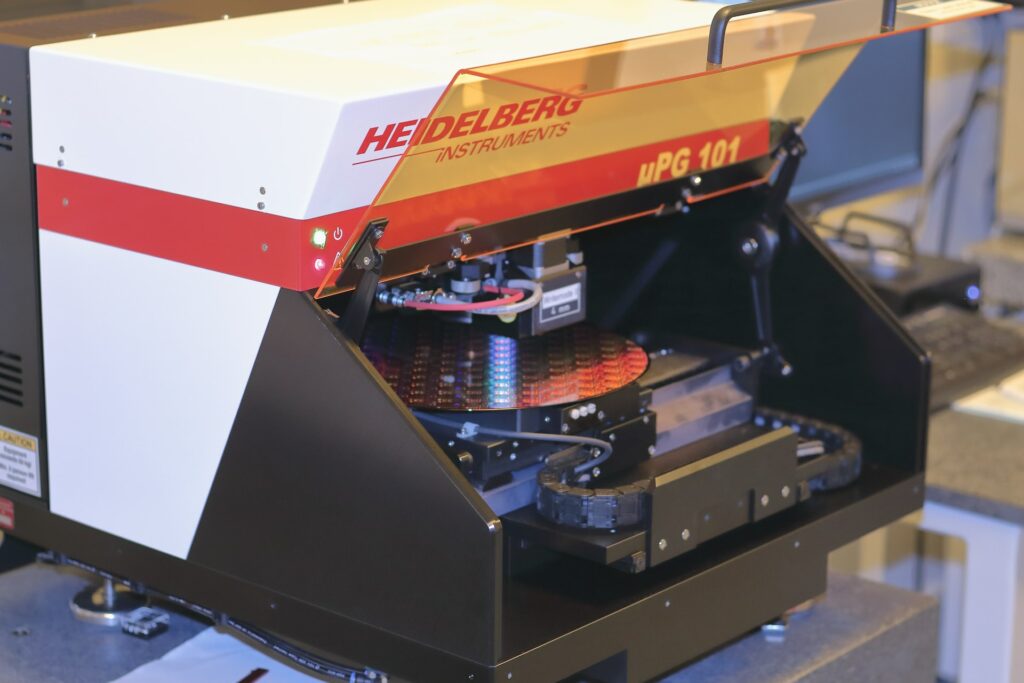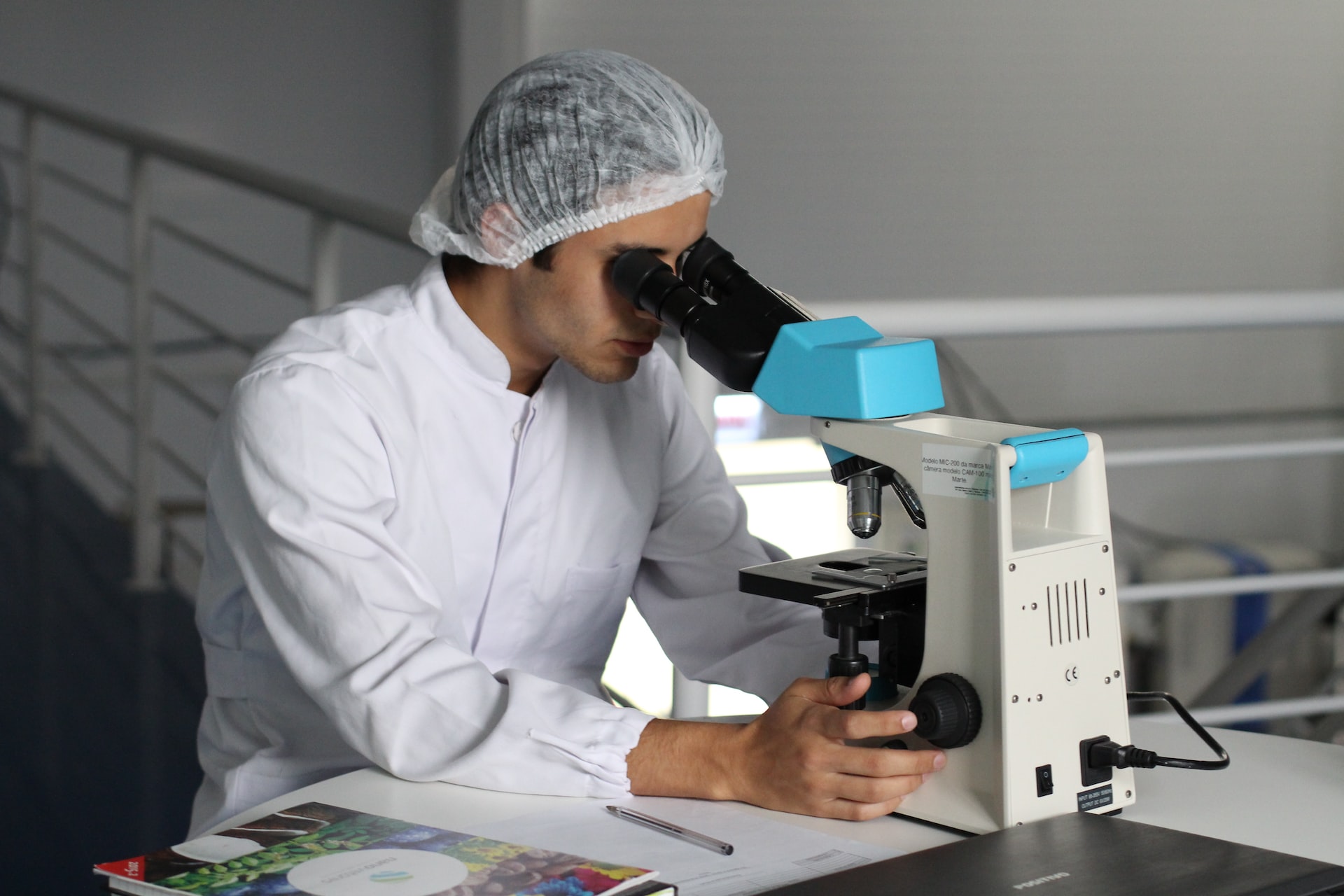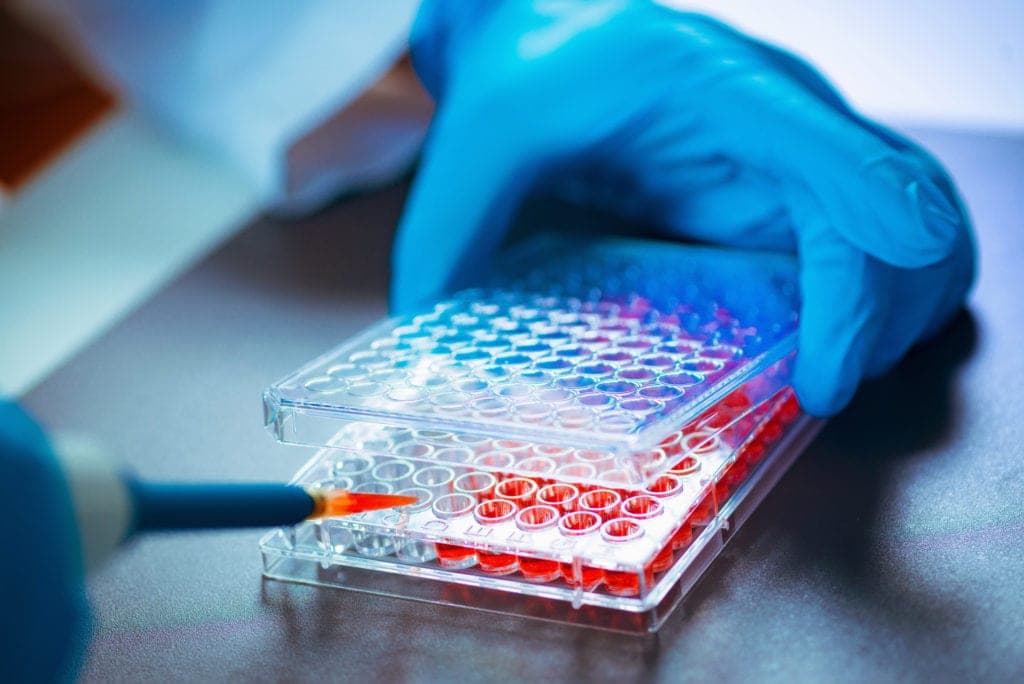The term “nanotechnology” is derived from the word “nanometer” or millimicron, a unit of measure that is 1 billionth of a meter (10-9 m). This size is very important because at such scales the quantum-mechanical properties of electrons and photons, as well as the interaction of atoms within matter, play a major role. In this case, nanometer-sized structures can control the fundamental properties of materials without changing their chemical properties. According to the recommendation of the 7th International Conference on Nanotechnology (Wiesbaden, 2004) the following types of nanomaterials are defined: nanoporous structures, nanoparticles, nanotubes, nanofibers, nanodispersions (colloids), nanostructured surfaces and films, nanocrystals and nanoclusters.
A nanoparticle with a diameter of 5-100 nm consists of 103-106 atoms. Threadlike and film-like particles may contain considerably more atoms and have even two linear sizes, but their properties remain characteristic of a substance having a nanocrystalline structure. The ratio of linear sizes of nanoparticles allows them to be viewed as one-, two- or three-dimensional (1D-, 2D- and 3D-nanoparticles, respectively). They are usually referred to as nanostructures.
Nanomaterials can be made up of inorganic compounds (metals, carbon derivatives and others) and organic, including natural compounds (proteins, fatty acids, nucleic acids). The latter constitute one of the sections of nanotechnology – nanobiotechnology or biomolecular nanotechnology.
The medical additions of nanotechnology have contributed to the emergence of a new scientific field: nanomedicine. It encompasses such sections as tracking, repairing, constructing and controlling human biological systems at the molecular level with the help of engineered nanodevices and nanomaterials, enabling operations from diagnostics and monitoring to the destruction of pathogenic microorganisms, restoration of damaged organs, supplying necessary substances to the body.

According to the forecasts of the American association National Science Foundation, the market volume of goods and services using nanotechnology may amount to 1 trillion U.S. dollars in the next 10-15 years. The global market for nanodevices will grow by an average of 28% per year.





